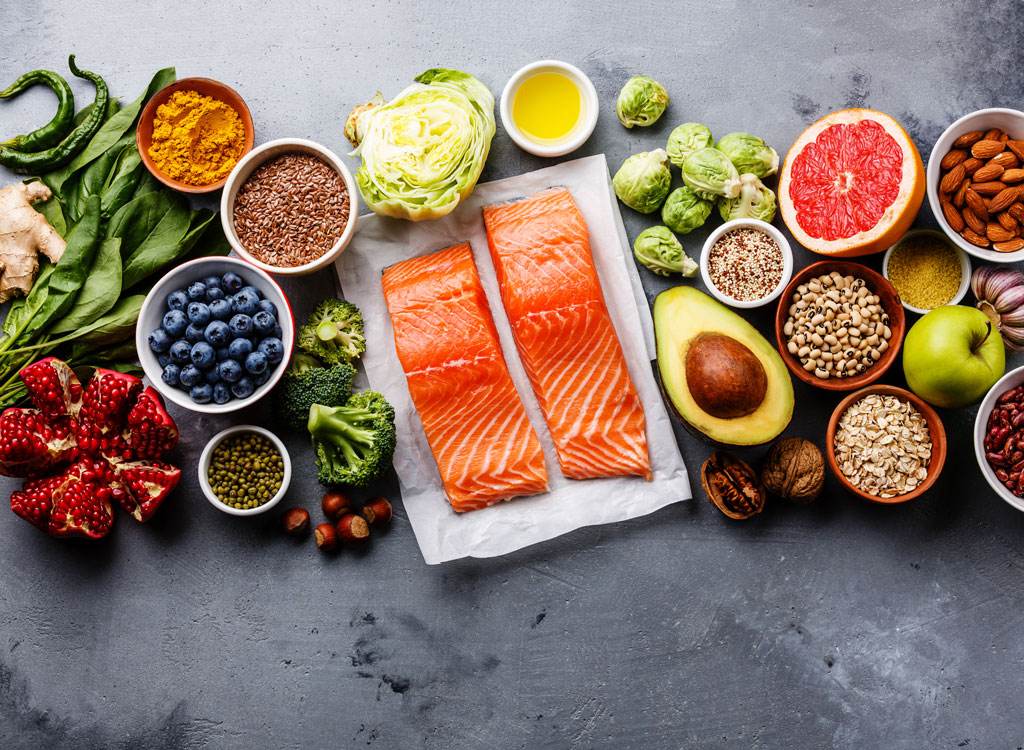Eating healthy doesn’t have to be difficult or bland – it can be as simple as swapping out a few low-nutrient foods with a few superfoods. These foods are so-called because they are nutrient-dense. Here are five ways to incorporate some superfoods into your diet while removing the junk.
Table of Contents
1. Swap Out Fast Food for a Protein Shake
Fast food is often high in calories, sodium, and unhealthy fats, while lacking in essential nutrients. However, for many people, fast food is a convenient option when they are in a rush or do not have time to prepare a meal. One alternative to fast food is a protein shake, which is easy to prepare, provides essential nutrients, and can be consumed on-the-go.
To make a protein shake, start with a protein powder of your choice. There are many options available, including whey, soy, pea, and hemp protein. Add the protein powder to a blender along with your preferred liquid, such as milk, almond milk, or water. Then, add in some fruits, vegetables, or a green superfood powder. Blend the ingredients together, and your protein shake is ready to go.
2. Swap Out White Rice for Quinoa
White rice is a common staple in many households, but it’s not the most nutritious option. It’s a refined grain that has been stripped of its fiber and nutrients. Quinoa, on the other hand, is a superfood that’s high in protein, fiber, and essential vitamins and minerals. It’s also a whole grain, which means it contains all three parts of the grain kernel, including the bran, germ, and endosperm. This makes it a more nutrient-dense option than white rice. To make the switch, simply cook quinoa instead of white rice and use it as a base for your meals.
3. Swap Out Soda for Kombucha
Soda is a high-sugar beverage that provides no nutritional value. It’s also been linked to various health issues, including obesity, type 2 diabetes, and heart disease. Kombucha, on the other hand, is a fermented tea that’s rich in probiotics and antioxidants. Probiotics are good bacteria that help support a healthy gut microbiome, which can improve digestion and boost immunity. Antioxidants are compounds that protect the body against damage caused by free radicals, which can contribute to chronic diseases. To make the switch, replace soda with kombucha as a refreshing, low-sugar alternative.

4. Swap Out Butter for Avocado
Butter is a high-fat dairy product that’s often used in cooking and baking. While it’s okay to consume in moderation, it’s not the healthiest option. Avocado, on the other hand, is a nutrient-dense superfood that’s high in healthy fats, fiber, and vitamins and minerals. It’s also a great source of potassium, which can help lower blood pressure. To make the switch, use mashed avocado as a spread or substitute it for butter in recipes that call for it.
5. Swap Out White Bread for Whole Wheat Bread
White bread is a refined grain that’s low in fiber and nutrients. Whole wheat bread, on the other hand, is a whole grain that’s high in fiber, protein, and essential vitamins and minerals. It’s also been linked to various health benefits, such as reducing the risk of heart disease and stroke. To make the switch, choose whole wheat bread instead of white bread when buying bread products.
6. Swap Out Iceberg Lettuce for Kale
Iceberg lettuce is a low-nutrition vegetable that’s often used in salads and sandwiches. While it’s okay to consume in moderation, it doesn’t offer many health benefits. Kale, on the other hand, is a nutrient-dense superfood that’s high in fiber, vitamins, and minerals. It’s also been linked to various health benefits, such as reducing the risk of chronic diseases and promoting heart health. To make the switch, use kale instead of iceberg lettuce in salads or as a topping for sandwiches and wraps.
Incorporating superfoods into your diet is a simple way to increase the nutritional content of your meals. By swapping out low-nutrition foods with superfoods, you can reduce the risk of chronic diseases and improve your overall health.




